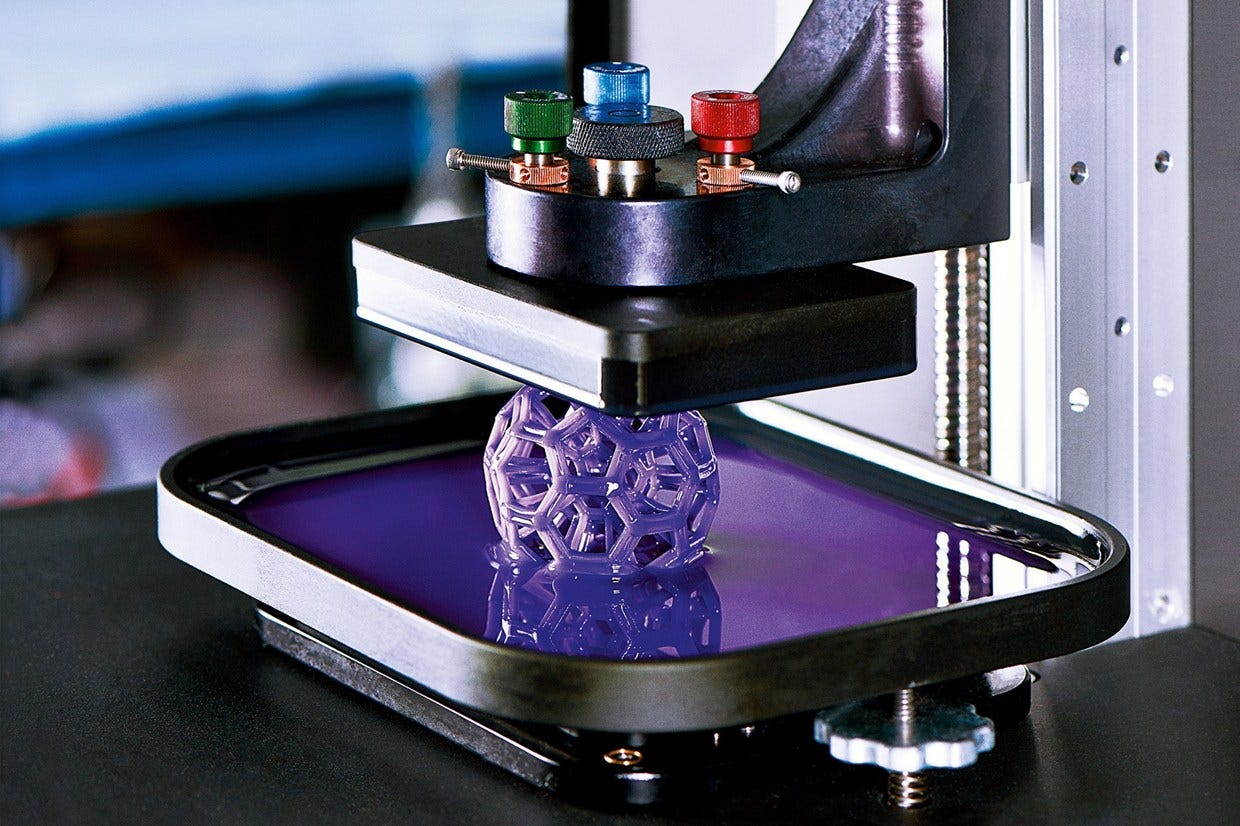3D printing, known as additive manufacturing, is revolutionizing many industries, notably healthcare, by fueling advancements that are improving patient care and comfort.
A key innovation is the production of 3D-printed prosthetic limbs. These prosthetics offer personalized functionality for complex movements and delicate tasks, granting patients enhanced autonomy. Moreover, 3D printing can fabricate these sophisticated prosthetics more cost-effectively and quickly compared to traditional manufacturing, which involves more intricate and time-consuming procedures.
In a remarkable advancement, the medical field is beginning to embrace the 3D printing of organic parts. Using patient-specific CT scans, companies can produce tailor-made implants suited to individual anatomical requirements, simplifying complex surgeries such as joint replacements and facial reconstructions.
Bio-printing is another pioneering aspect of 3D printing. It involves crafting living tissues using ‘bio-ink’ made from living cells. This method is being used to develop tissues like stem cells, skin, and bones, creating them layer by layer to repair or replace injured areas.
The market for medical 3D printing is projected to exceed $5.8 billion by 2030, indicating that 3D printing may soon be essential in healthcare for creating personalized, affordable medical items on-site.
For further information on the transformative role of 3D printing in healthcare, additional examples are available in the suggested resource.
Infographic created by RevPart, offering near-production quality urethane casting

